AI in Insurance
Insurance Leaders Can Leverage AI to Become Industry Influencers
Executive Summary
When insurance leaders share ideas and points of view that make people think, they don't just become visible and memorable experts in their fields. They can also grow their businesses by becoming top of mind with clients, prospects and partners.
But how do they start? And where can they find the time?
Here Clare DeNicola, principal of the10company, offers some guidelines for would-be influencers to get some help from AI. Importantly, she also lists some AI don'ts, such as using AI to create a final product and losing your authentic voice in the process.

Gen Z says insurance’s slow AI adoption fuels talent crisis
A new survey finds the insurance industry’s slower adoption of AI is keeping Gen Z from making insurance a top career choice, adding to the industry's talent crisis.
Counterpart, an agentic insurance platform, and Young Risk Professionals surveyed U.S. insurance professionals aged 21 to 35 and found that most highly valued the stability the industry can provide. However, the survey also found a “striking disconnect” between Gen Z’s expectations regarding AI and the reality on the ground.
“There’s a big gap happening between what we’re seeing in the broader economy versus what’s happening in insurance. These young professionals are smart. They’re recognizing, ‘Wait, hold on, the world is changing around me and we’re sitting still in insurance,’” Tanner Hackett, CEO, Counterpart, told InsuranceNewsNet.
Hackett urged the insurance industry to find solutions on how to cross that chasm, acknowledging that AI is likely going to be broadly entwined into everyday practice for many aspects of the business.
For Gen Z, an AI disconnect
At a time when attracting new talent to insurance is critical, Counterpart’s survey found job stability and career advancement opportunities are the two biggest draws for young professionals.
Sixty-four percent of respondents strongly valued stability and said it was their main reason for going into insurance, while 54% said career advancement was their main reason. Over two-thirds of all respondents said the job benefits and compensation offered by insurance are a major attraction.
However, a clear gap emerged when it came to AI. According to the study, Gen Z does not view AI as a threat or a major risk to be avoided, but as a beneficial tool they both expect to use and want to use.
How AI is impacting workers' compensation claims
With the rapid development of artificial intelligence, we are seeing implementation of its use across various industries. The legal field is no different. In the workers' compensation arena, which deals with complicated legal and medical issues, AI has been helpful in streamlining the claim process. How is AI being used in the workers' compensation setting?
AI has been adopted by many actors across the workers' compensation industry, including the health care system, insurance companies, and even attorneys. One of the ways that AI is being used by insurance companies is to automate the underwriting process. AI has been implemented to analyze data points, evaluate risk, and determine efficient policy terms. This has resulted in a reduction of processing time and administrative burdens.
Another use of AI is in the management of cases, including data entry tasks, categorizing and summarizing documents, and other administrative tasks. There is often a high volume of cases with workers' compensation claims, so AI has helped in reducing the time spent on a case due to the atomization of simple tasks. These claims also often deal with complex legal and medical issues, which involve large volumes of documents. AI can sift through massive amounts of information and provide predictions and recommendations, including recommendations for treatment and maximum medical improvement.
In addition to improving the efficiency of claim analysis, AI has also been helpful in risk management in the workers' compensation setting. By analyzing unstructured data sources, such as claim notes, photos and videos of accidents, and accident reports, insurance companies can identify patterns or predictors of incidents to enhance preventative measures in the workplace. This will allow insurers to reduce potential risks, which will result in safer workplaces.MORE
Commentary/Opinion

Op-ed Highlights Progress in Florida | State Farm Mutual Auto
Op-ed submitted by Allyson Watts, Senior Vice President, State Farm Mutual Automobile Insurance Company
When Florida families open their auto insurance bills this month, many will see something they haven’t experienced in years: lower rates. According to the Florida Office of Insurance Regulation, the state’s major insurers have reduced rates by an average of 6.5% this year. State Farm has implemented two rate decreases so far this year. Together, they represent more than 10% in reductions in private passenger auto insurance rates for our Florida customers this year - tangible proof that thoughtful policy reform and industry collaboration can deliver real results for consumers.
This isn’t happening by accident. It’s the direct result of Florida’s legislators and insurance regulators recognizing the impact of rising insurance costs - caused by over-litigation - and being willing to hear industry concerns and tackle the real problems behind the rising costs.
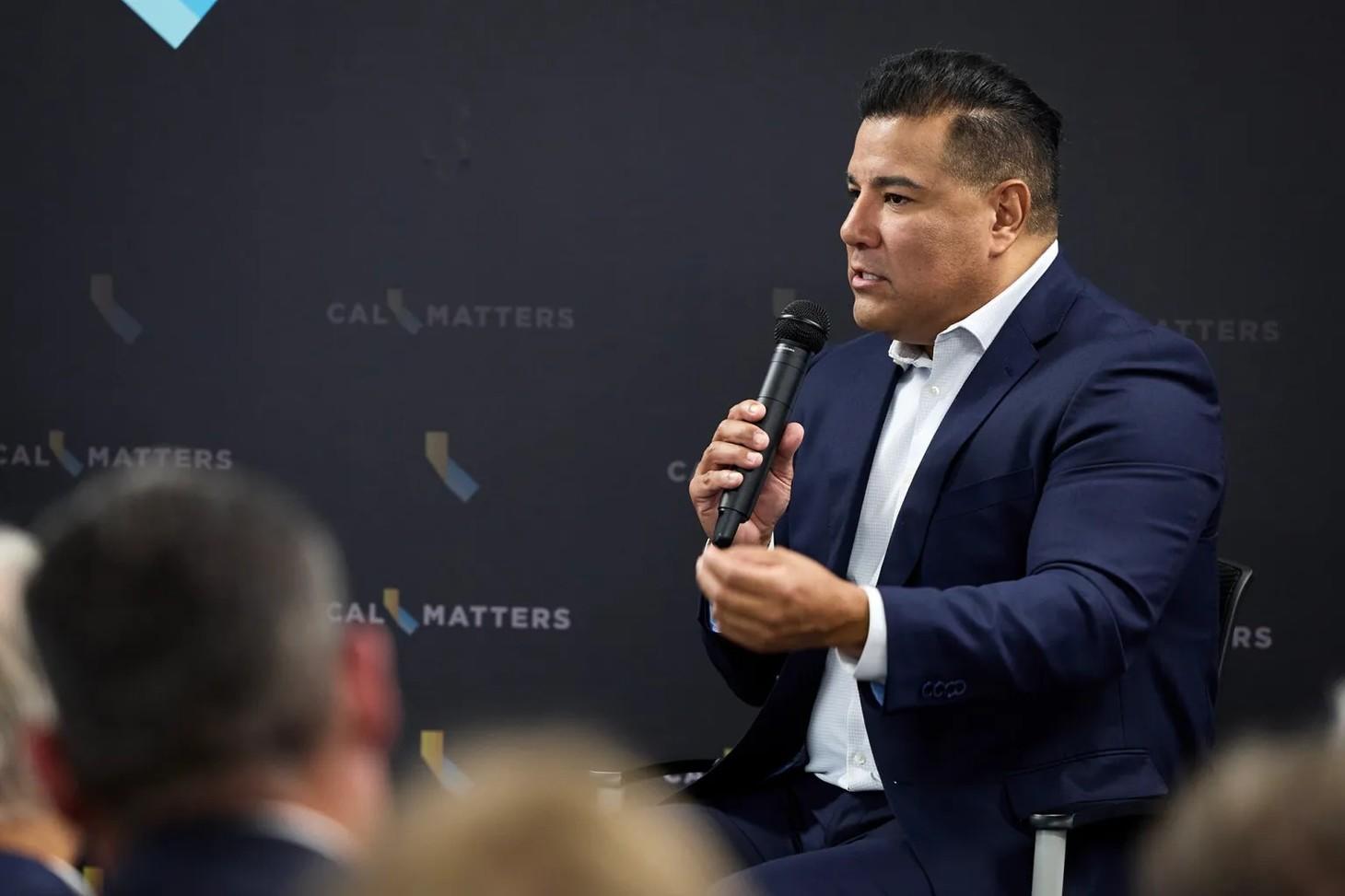
California insurance commissioner proposes rule that critics call ‘revenge’ - Stocktonia News
Insurance Commissioner Ricardo Lara has sparred with Consumer Watchdog, which says his proposed rule altering the rate-review process is retaliatory.
California Insurance Commissioner Ricardo Lara is proposing more new insurance rules that critics are calling “vindictive,” and which they say will only make it easier for insurers to raise rates.
Home insurance costs in California are certain to rise in the near future because of Lara’s recent changes to the state’s insurance rules. Those changes are meant to encourage insurance companies to keep writing new policies and discourage them from canceling policies, especially in areas of high wildfire risk.
Last week, Lara proposed altering the insurance rate-review process in what he said is an effort to make it more efficient. But others say the changes Lara wants to make amount to retaliation against one of his biggest and toughest critics, Consumer Watchdog.
“This is Trumpian,” said Jamie Court, president of Consumer Watchdog, the nonprofit organization that wrote the state’s Proposition 103 insurance law. Consumer Watchdog is California’s most prolific intervenor; an intervenor is a member of the public who can challenge an insurer’s rate request.
The organization has repeatedly questioned Lara’s ties to the insurance industry, from which he has received and returned campaign contributions. Consumer Watchdog has sued the insurance department over several different issues, including its rule allowing the FAIR Plan — the fire insurance provider of last resort — to recoup some of its claims payouts from policyholders in the state.
Lara’s proposed changes would do the following:
- Impose new timelines and guidelines for intervenors and administrative law judges.
- Tighten requirements for what’s considered a “substantial contribution” for intervenors to get compensated for their work.
- Limit administrative law judges’ authority in rate reviews.
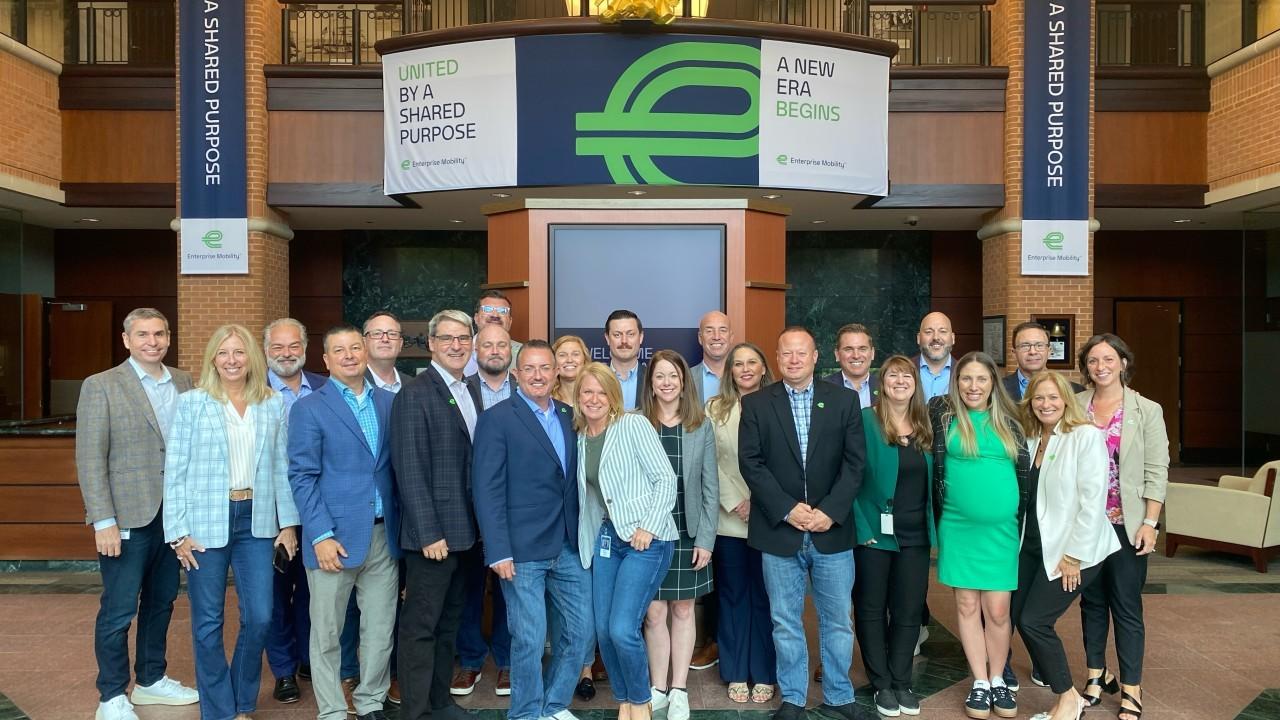
A Time of Transformation: Navigating the New in Mobility
They say the only constant is change. This is particularly true in the mobility industry, where I have worked for 30 years – most recently as Vice President of Global Sales for the Enterprise Mobility Global Replacement & Leisure Division.
As I mark 30 years at Enterprise Mobility this year, and two years in my current role this month, there are several things I’m thinking about that are reshaping our business – and lessons I’m keeping in mind along the way.
Nothing is transforming mobility faster than technology. The pace of innovation is accelerating dramatically, touching every part of how we move from place to place.
The evolution of automobiles from motorized machines to “computers on wheels,” for one, is happening at breakneck speed. What traditionally took automakers up to a decade to develop and deploy can now be delivered through software updates overnight. This acceleration affects everything from driver experience to operational efficiency to maintenance and repair.
Similarly, the adoption of AI-driven travel planning has allowed travelers to create complex, multi-city itineraries, tailor trips to their preferences based on past behavior and make real-time pivots when disruptions occur.
And these are just a few examples. But even amid all this change, I’ve found that collaboration, connection and customer-centric innovation are key to navigating the new.
Yvette Burke/ Vice President/Division Head/Global Sales at Enterprise Mobility Global Replacement & Leisure Division, as posted on LinkedIn
Research
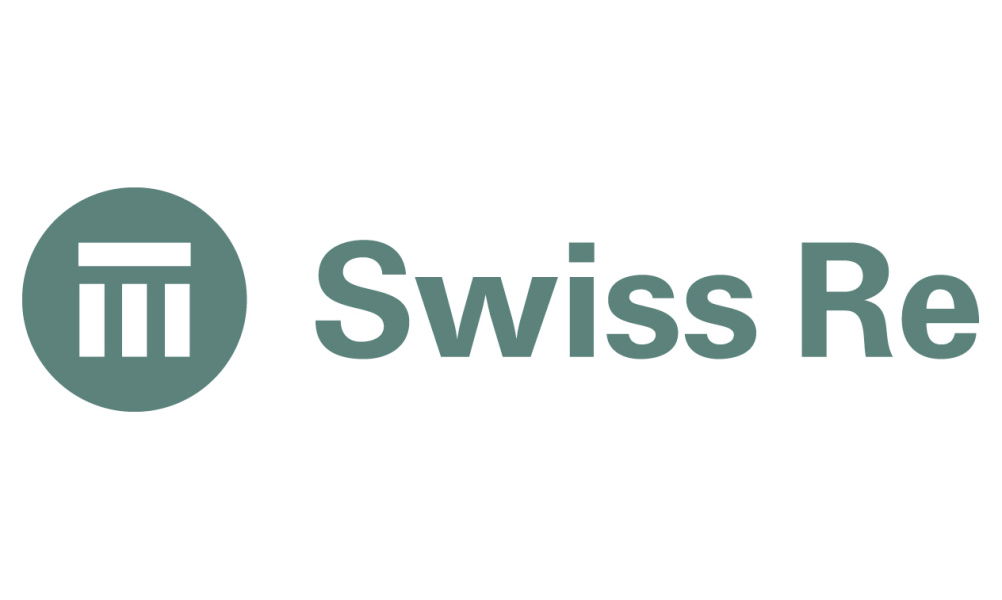
US jury trends underscore need for broader reforms: Swiss Re
New research from Swiss Re has confirmed that juror sentiment in the U.S. has shifted decisively toward plaintiffs, which is reportedly influencing verdicts in measurable ways, reinforcing the scale and persistence of uncertainty in the liability market for re/insurers.
“Traditional economic drivers such as wage inflation, medical-cost trends and CPI growth no longer explain the pace at which liability claims are escalating,” Swiss Re said in the new report.
The reinsurer explained that this growing gap between economic fundamentals and actual claims experience has been termed social inflation, which is largely driven by abuse of the legal system.
Swiss Re continued, “While much has been written about the behavioral causes of legal system abuse – plaintiff lawyer tactics, evolving jury attitudes or expanding theories of liability — these narratives have largely remained anecdotal. They are widely accepted, often repeated, but seldom quantified.”
With this in mind, Swiss Re carried out its 2025 Behavioral Social Inflation Study, putting numbers to what the industry has long suspected.
The survey presented 1,150 U.S. adults with a series of randomised legal simulations, offering an assessment of the behavioral forces driving today’s litigation outcomes.
“The findings confirm that juror sentiment has shifted decisively toward plaintiffs, and this shift is influencing verdicts in measurable ways. Crucially, the effect is not confined to Fortune 500 companies. In cases involving severe injury, jurors are nearly as likely to recommend high compensation against small and medium-sized enterprises (SMEs) as they are against large corporations,” Swiss Re said.
Climate/Resilience/Sustainability
Planette Launches High-Precision Long-Range Weather Forecasting Platform for Finance and Insurance
Planette Launches High-Precision Long-Range Weather Forecasting Platform for Finance and Insurance
- Planette’s platform, Joro, helps financial insurance industries model extreme weather scenarios where significant profits and losses could occur
- Tool provides the full probability distribution needed for trading decisions and insurance modeling
- Backed by NASA and the National Science Foundation, Planette combines the best forecasts and sources with AI-powered optimization to achieve the highest level of accuracy
- Joro’s accuracy metrics beat those of NOAA and ECMWF, providing early lead times for key market signals that other forecast products may miss
Despite increasingly volatile weather and advances in short-term weather prediction, the finance, insurance, and energy sectors still lack the precise, long-term forecasts they need to inform high-stakes decisions and appropriately price risk.
Responding to this challenge, Planette, a leader in long-range weather prediction, has launched Joro, a high-resolution forecasting platform built for financial institutions, insurance providers, and data-driven professionals who need detailed weather insights that offer views months into the future. Joro fills a critical gap left by traditional forecasts by providing full temperature and precipitation probability distributions, from the 5th to 95th percentile, for any global location. This level of precision enables users to better predict future weather scenarios and make more intelligent and timely decisions about high-risk opportunities, or take advantage of hidden weather trends that could affect commodities or supply chain logistics, among others.
"Traditional forecasts might tell you it’ll be a high temperature of 80 degrees, but that’s just one outcome. Our customers need to understand the full range of possibilities, including the likelihood of reaching 95 degrees. That kind of detailed risk data is what drives real trading decisions,” said Dr. Kalai Ramea, co-founder and Chief Technology Officer of Planette. “Joro gives customers insight into low-probability, high-impact events that traditional forecasts miss entirely.”
Announcements
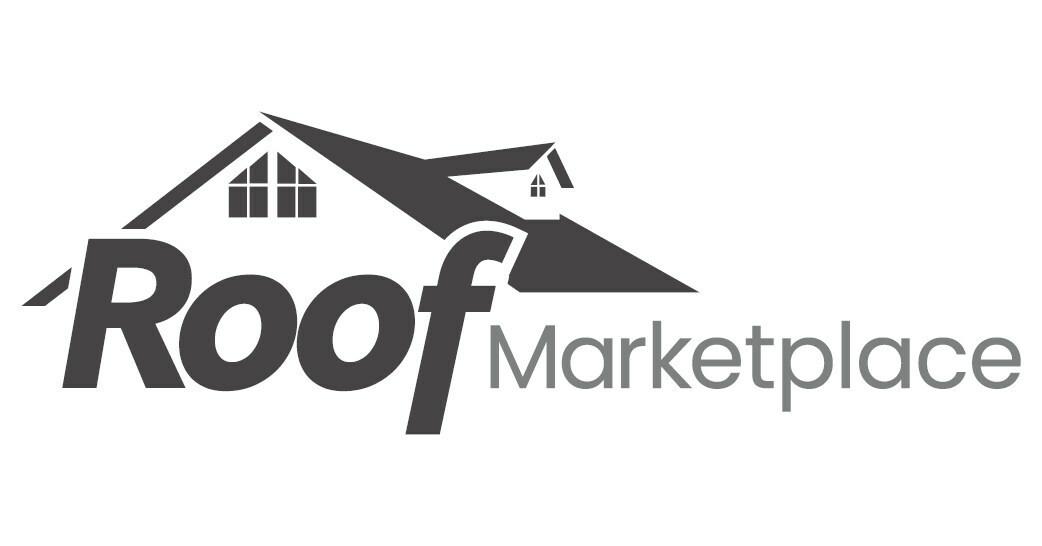
RoofMarketplace Appoints Gwen Olson as Chief Strategy Officer to Accelerate Next Phase of Growth
RoofMarketplace, the trusted platform transforming the roofing claims experience, today announced the appointment of Gwen Olson as Chief Strategy Officer. Olson brings more than two decades of insurance leadership experience, including deep expertise in claims digital transformation, to help drive the company's next phase of growth and innovation.
Olson joins RoofMarketplace after serving in senior roles at American Family Insurance, where she led initiatives to streamline claims operations and enhance customer experience. Prior to that, she spent over a decade at Liberty Mutual Insurance with leadership positions in claims technology and process modernization. Her ability to deliver scalable, tech-enabled solutions underscores why she is the ideal addition to help drive RoofMarketplace's mission of modernizing property claims.
"RoofMarketplace was designed to make roof claims faster, fairer, and easier for everyone involved," said Scott Holewinski, CEO of RoofMarketplace. "Bringing Gwen on board builds on our recent investment and strengthens that commitment. Her experience driving claims innovation at scale will help us push the industry forward and deliver even greater value to carriers, contractors, and policyholders."
Olson's decision to join RoofMarketplace reflects her confidence in the company's vision. "The claims industry has been waiting for solutions that deliver real results without adding complexity," said Gwen Olson. "RoofMarketplace is that solution for roof claims, and I'm excited to help scale its impact across the insurance ecosystem."
Claims
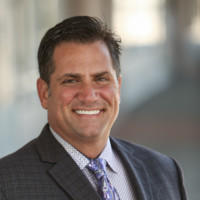
Viewpoint: Enhancing Digital Claims With Behavioral Science
The P/C insurance industry stands at a critical inflection point. Customer expectations, reshaped by their seamless digital experiences with companies like Amazon and Apple, are pushing insurers to transform quickly.
With claims now a decisive factor in customer satisfaction, companies are racing to deliver effortless self-service and digital access. Cloud platforms, AI-powered automation, and digital workflows are no longer differentiators; they’re table stakes. Yet amid this wave of innovation, one powerful factor remains largely untapped: behavioral science.
While most claims transformation efforts focus on technology, behavioral science puts the spotlight on people. It helps insurers understand why policyholders behave the way they do when filing a claim, what drives satisfaction or frustration, and how seemingly minor tweaks to process design can lead to major gains in efficiency, trust, and outcomes.
This article explores how behavioral science principles can directly impact the customer journey in claims. Specifically, we’ll examine two key applications: improving digital claims experiences and reducing fraud through behavioral interventions. We’ll also highlight real-world insurer case studies that demonstrate how these principles are already driving measurable results across the industry.
Michael Anderson is the Industry Advisory Lead for Claims at Guidewire Software, where he partners with global claims executives to shape long-term strategy and innovation. With over 30 years of experience in the P&C insurance industry, Michael has held senior claims leadership roles at Travelers Insurance, led multiple global AI initiatives, and holds several U.S. patents in claims automation.
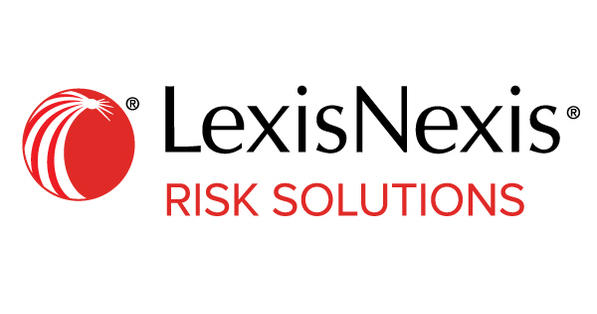
Home Claims Insights from LexisNexis Risk Solutions Helps Empower U.S. Property Insurance Executives with Market Visibility and Operational Benchmarks
LexisNexis® Risk Solutions, a leading data, analytics and technology provider, today announced the launch of the Home Claims Insights dashboard within the LexisNexis® Insurance Market Insights platform. These insights help to provide U.S. property insurance carriers with more timely, data-driven analyses to benchmark their claims performance against industry benchmarks.
Additionally, they also address catastrophic and non-catastrophic claims challenging profitability for the U.S. property insurance market. Claim severities, for example, are up 33% between 2021 and year-end 2024 and catastrophic claims comprised 42% of all property claims by year-end 2024 amid increasing natural disasters and increased inflation and cost to repair market dynamicsi.
"While property claims are becoming more complex and costly as natural disasters grow in frequency and intensity, insurers want to help ensure a high level of customer claims satisfaction and prioritize efforts to maintain lifetime value," said Ryan Hupp, director, product management, LexisNexis Risk Solutions. "Our Home Claims Insights report is designed to help insurance executives not only benchmark their organization's performance, but also pinpoint opportunities for operational improvement, which can ultimately result in better experiences for policyholders."
Autonomous Driving/Insurance

Very few of Waymo’s most serious crashes were Waymo’s fault
[Ed.Note: Whether you are a fan of autonomous driving or not the consensus seems to be that technology is held to a higher standard vs. human drivers. This phenomenon speaks to individual risk tolerance. Many people are far more fearful of flying and consider driving a car safer despite clear data. The same can be said for autonomous cars where the feeling and distrust in tech overrides. After all, we have all seen systems go down, cell service disconnect and a variety of tech hiccups on a regular basis.]
I looked at 45 major Waymo crashes—most were human error.
Everything was fine until the wheel came off.
At 1:14 AM on May 31st, a Waymo was driving on South Lamar Boulevard in Austin, Texas, when the front left wheel detached. The bottom of the car scraped against the pavement as the car skidded to a stop, and the passenger suffered a minor injury, according to Waymo.
Among the 45 most serious crashes Waymo experienced in recent months, this was arguably the crash that was most clearly Waymo’s fault. And it was a mechanical failure, not an error by Waymo’s self-driving software.
On Tuesday, Waymo released new safety statistics for its fleet of self-driving cars. Waymo had completed 96 million miles of driving through June. The company estimates that its vehicles were involved in far fewer crashes than you’d expect of human drivers in the same locations and traffic conditions.
Waymo estimates that typical human drivers would have gotten into airbag-triggering crashes 159 times over 96 million miles in the cities where Waymo operates. Waymo, in contrast, got into only 34 airbag crashes—a 79 percent reduction.
In a similar manner, Waymo estimates that its vehicles get into injury-causing crashes (including that detached wheel crash) 80 percent less often than human drivers. Crashes that injure pedestrians were 92 percent less common, while crashes that injure cyclists were reduced by 78 percent relative to typical human drivers
